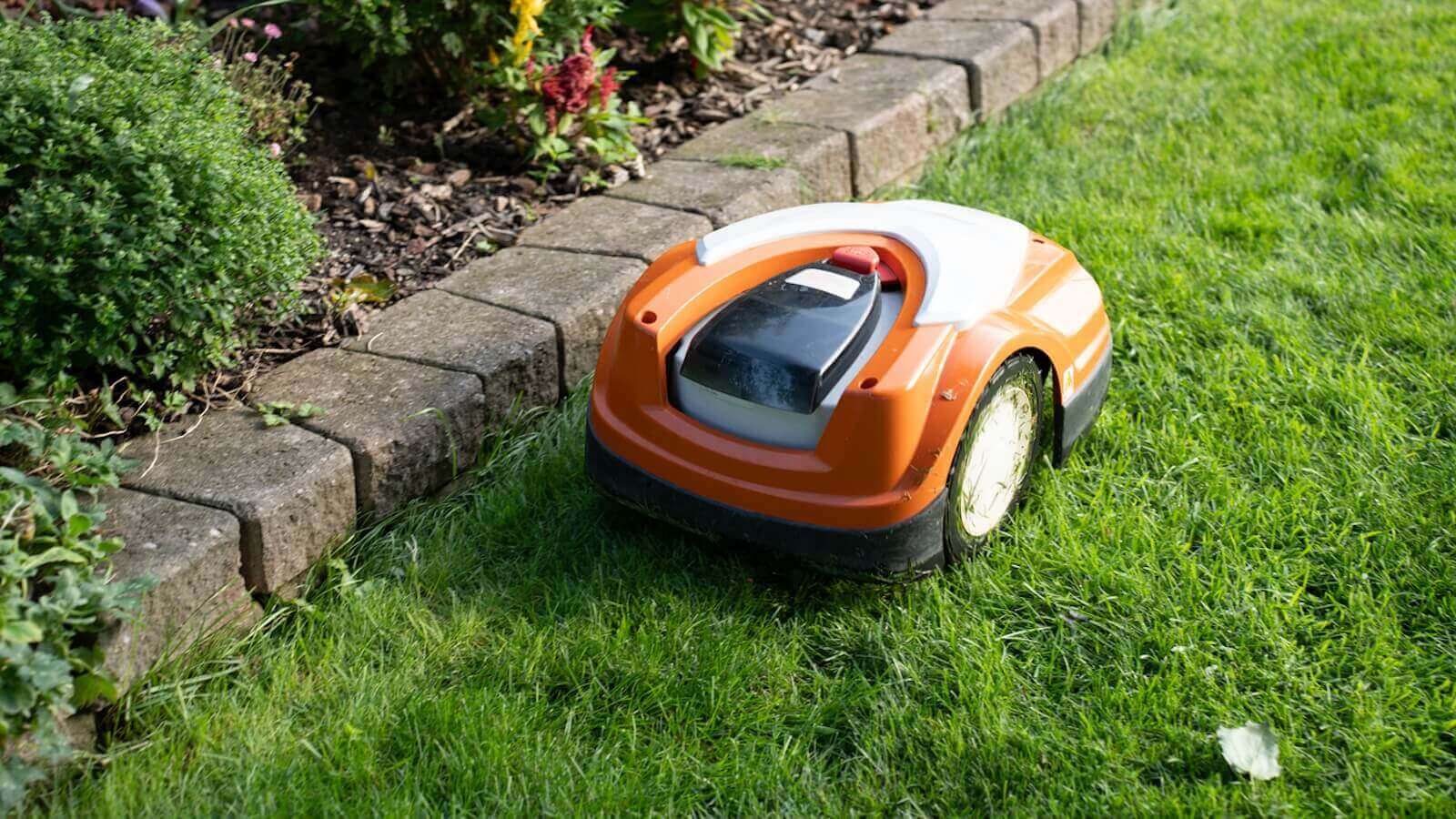Prioritize Preparedness: Unlocking a Seamless Summer Road Trip Experience
Getting ready for unexpected issues on the road goes beyond basic safety; it’s about crafting a seamless, pleasurable summer journey. Embrace the classic Scouting motto “Be Prepared” and enjoy peace of mind, knowing you’re ready for anything, despite the occasional jest from friends or family.
Car Maintenance Essentials: Your Road Trip Preparation Guide
Thorough vehicle maintenance is fundamental for a flawless road trip. Below is your pre-departure checklist to ensure your vehicle is road-ready:
- Tires: Regularly check your tires for adequate pressure, tread depth, and general wear. Rotate them as needed and verify the condition of your spare tire.
- Brakes: Assess the condition of your brake pads, rotors, and fluid levels. Consider a professional inspection to ensure reliability on the road.
- Oil and Filter: A fresh oil change can enhance your engine’s performance, especially under the high demands of a long trip.
- Battery: Avoid the inconvenience of a dead battery by checking for corrosion and ensuring a full charge.
- Belts and Hoses: Inspect for any signs of wear or damage. A check-up from a trusted mechanic can prevent mid-trip malfunctions.
- Fluids: Refill all necessary fluids including engine oil, brake fluid, coolant, power steering fluid, transmission fluid, and windshield washer fluid. Storing extra supplies can be a lifesaver.
- Air Conditioning: Ensure your air conditioning system is efficient for your comfort during the trip. Have it evaluated by a specialist if performance seems lacking.
Emergency Preparedness: Essential Gear for Roadside Issues
It’s best to equip your vehicle with an emergency kit before you encounter a problem. Essential items include:
- Reliable flashlight, jumper cables, and a tire pressure gauge to address basic car troubles.
- A comprehensive first aid kit, along with non-perishable snacks and bottled water, ensures both health and hunger needs are covered.
- Store these items within easy reach to efficiently manage any roadside emergencies.
Vehicle Clean-up: Setting the Stage for a Pleasant Drive
Kick off your road trip with a meticulously cleaned car, both inside and out. A spotless and orderly vehicle sets a relaxing atmosphere, allowing you to unwind and enjoy every mile. An organized space also simplifies accessing necessities throughout your journey.
Route Planning: Strategizing for a Smooth Adventure
Although spontaneous trips can be exciting, a bit of preliminary planning can ward off typical road trip setbacks. Acquaint yourself with your intended route and identify key locations such as gas stations, rest stops, and attractions. A well-thought-out itinerary reduces delays and enhances your travel experience.
Bonus Tip: Essential Road Trip Playlists
Since mobile service can be unreliable, prepare a diverse playlist downloaded directly to your device. Music enriches the road trip experience, providing a soundtrack that complements the freedom of the open road.
Traveler Insights:
- Commitment to Preparation: Investing time in preparing your car and route ensures comfort and safety, making your road trip unforgettable.
- Staying Emergency-Ready: An emergency kit not only offers peace of mind but also prepares you for any unforeseen events during your travels.
Adhering to these tips will elevate your status to that of a seasoned road trip aficionado, equipped to fully embrace the thrills of exploring new horizons with confidence and joy.


